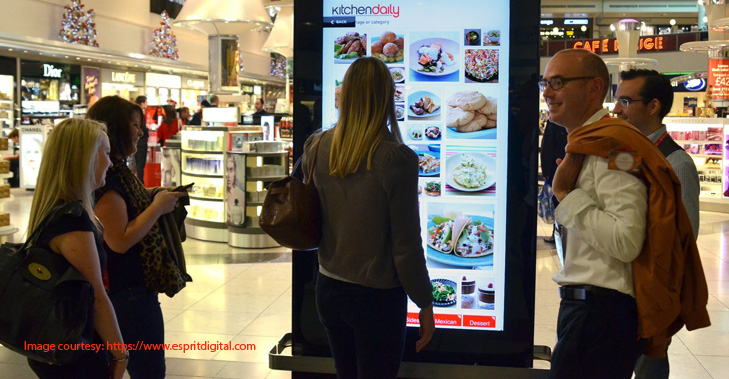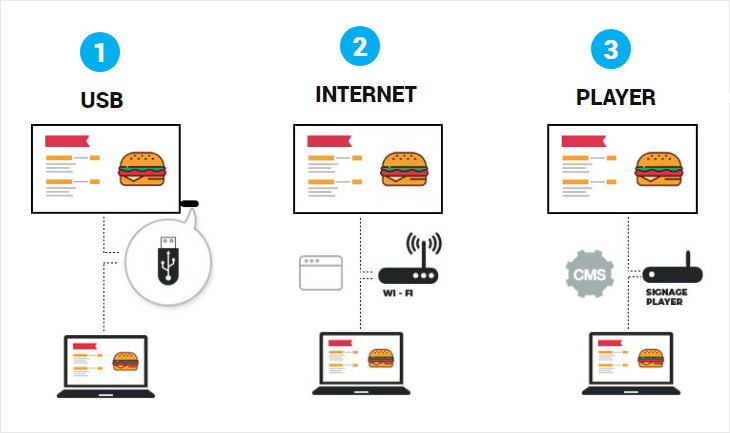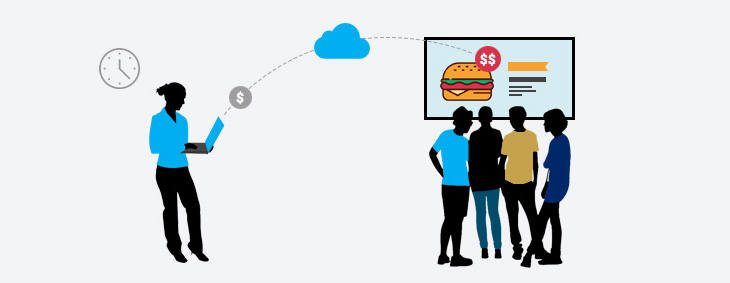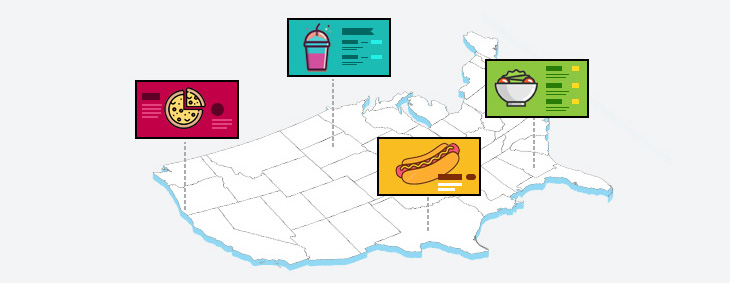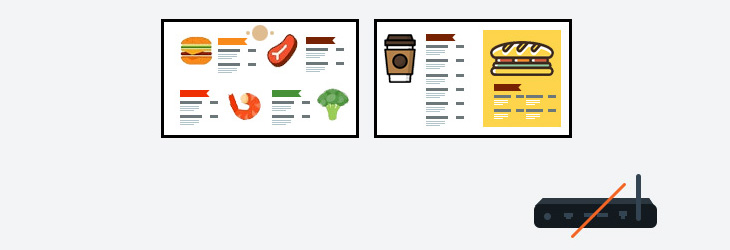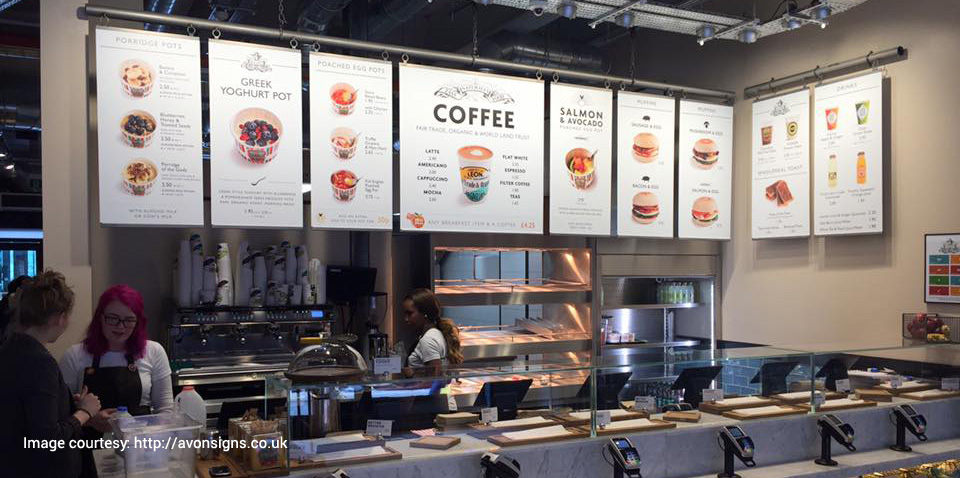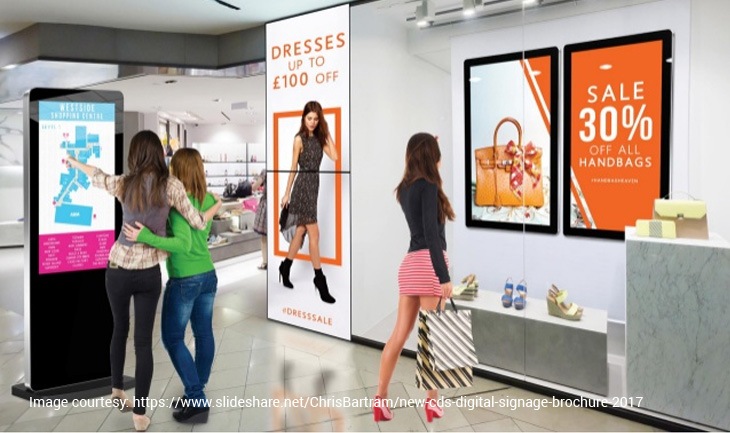Interactivity
In the digitally-fueled, smart phone-led society today, expectations of interactivity have touched new heights. Consumers today expect all relevant information relating to products, services, and brands to be on their mobile phones whenever they seek for it. This would enable them to make informed purchase decisions. Quite often, an adhoc, yet effective interaction by an advertiser through the mobile digital screen does result in impulse purchase decisions by the consumer.
On the other hand, the digital advertiser would also be eager to have a database of the consumer in terms of psychographics, demographics, consumer needs & preferences, and feedback. All this information will be later collated and presented to the numerous manufacturers and marketers for ideation of new products and updation of exixting ones..
Personalisation
Today, we live in the world of Brands in almost all product categories which provide a distictive personality to the product. And the consumer wants to be associated with the brand and all that it personifies. Here, Digital signage provides the consumer effective ways to ensure a personal identification with his favourite brand. By flashing the brand on it’s digital screen, audio-visual video presentations, pricing offers, discounts and loyalty programs – digital signage presents a symbiotic connect between the brand and it’s consumer. This also enhances the over-all retailing experience of the consumer.
Social Media Integration
While the latest trends indicate that imemberships of social media ( Facebook,Twitter,Instagram and others ) have been growing exponentially, the number of brands who have adapted to Digital Signage have also been growing as much concurrently. It is the retailers who have brought this consumer-brand connect closer by facilitating and encouraging customers to engage in twitting, blogging, commenting, or even uploading a YouTube Video on their favourite brand. Accordingly, the retailer too showcases the brand on his digital screen in-store and the customers are actively engaged on what is being displayed while they wait to see their own content displayed in real-time. Hence, the retaler today can facilitate social media integration with digital signage.
Digital Display Screens
We have come long way from the days of electronic billboards. A customer of a Quick Service Restaurant may not know what a Ultra-High Definition display screen is but he would anyways expect the best visual experience when it comes to digital signage. Thanks to the advancement of digital technology, digital signage users have a variety of options . Ultra-HD Scrrens, LED Screens and LCD Screens come in diffrent sizes and prices, all of which are known for their energy efficiency and durability.
Then again, different types of screens are required for different businesses. For instance, a digital menu board placed indoors of a restaurant will have a set of dimensions quite different from a digital signage of a hotel which could be placed atop it’s premises. The goal however, remains the same for both businesses – to attract potential customers by way of maximum impact by the best possible visual appeal.
Mobile Integration
Another marvel of digital technology makes possible dgital signage integration with mobile phones. Already, with the rapid increase of smartphones with touch-screen usage, advertisers today have access to, and a database of potential customers whom they wish to communicate through the cell phone.
Likewise, if the retailer or a restaurant owner has the contact number of his existing customers he can send his digital signage content and advertising messages through the mobile appps. This form of communication will be personalized as well as effective. The customer can be kept informed of a restaurants latest offerings, special menus, pricing offers and so on.
Beacon integration
Beacon integration provides a good synergy with digital signage in providing targeted marketed content for specific customers From deluxe hotels to swanky restaurants, from retail shops and sports stadiums, and from railway stations to airports,, there are a variety of industries that have successfully implemented beacon technology and are beginning to include it in their wider marketing strategies. While the technology for beacons has been around for a few years, it is gaining rapid momentum as it provides retailers with the mind-set of their customers, their behavior in-store as well as past behavior online. Beacon technology provides a holistic approach to customer orientation from which vital inputs go into product differentiation and positioning.
